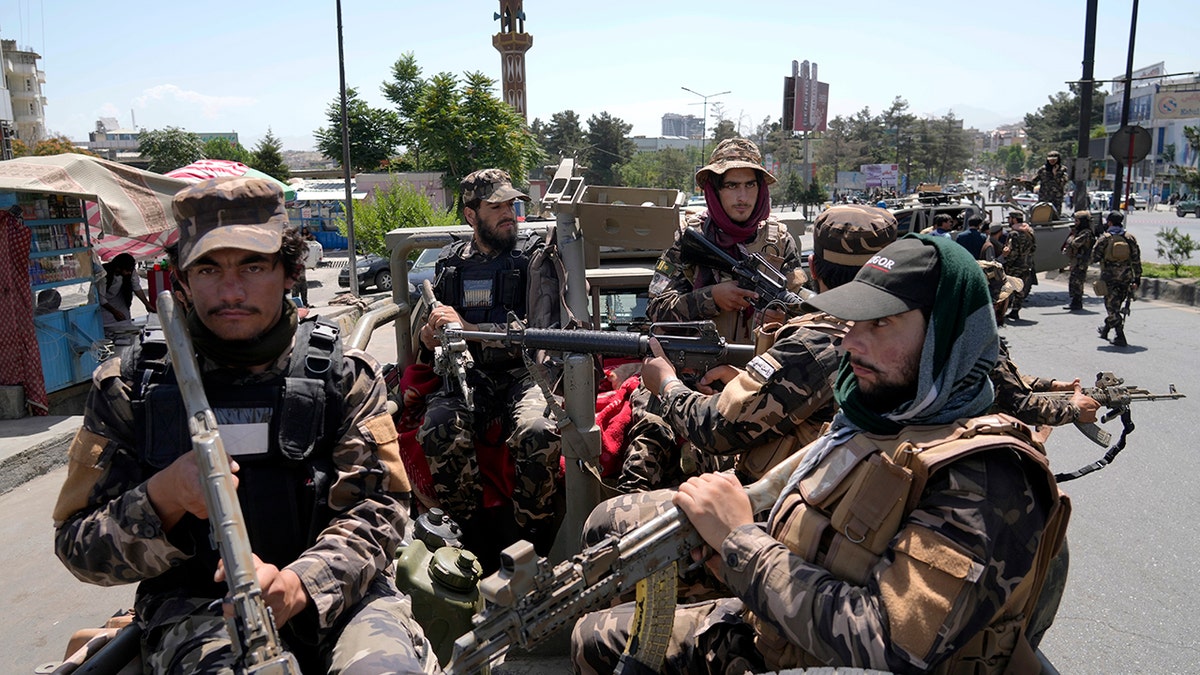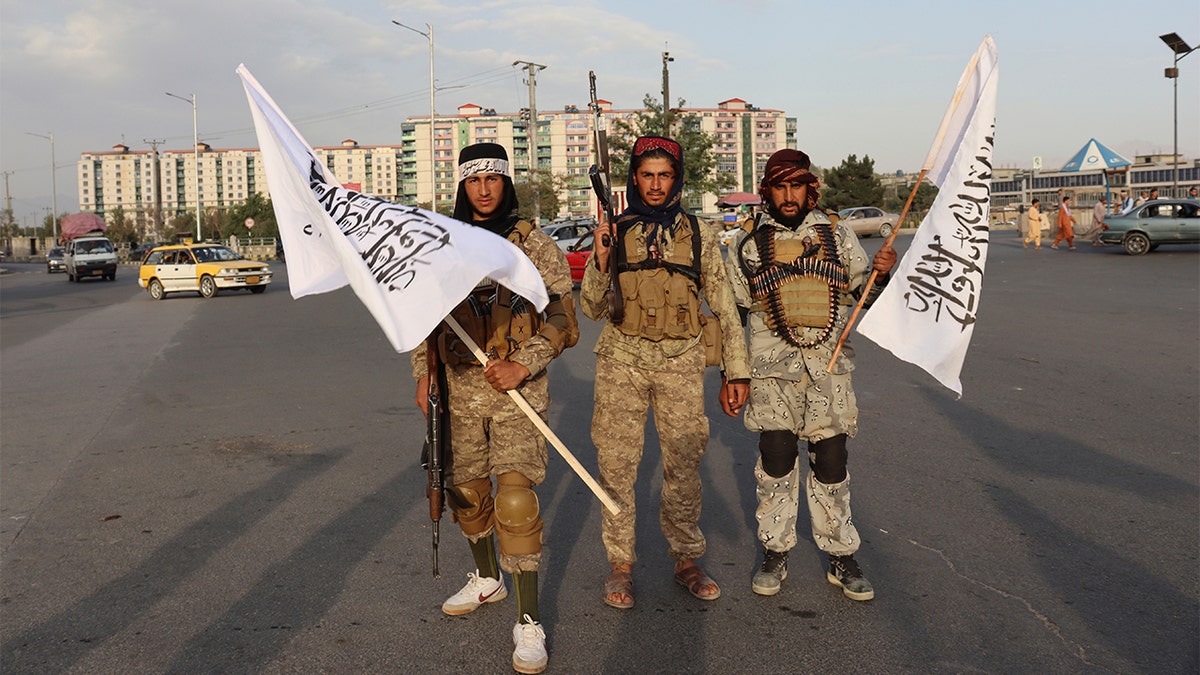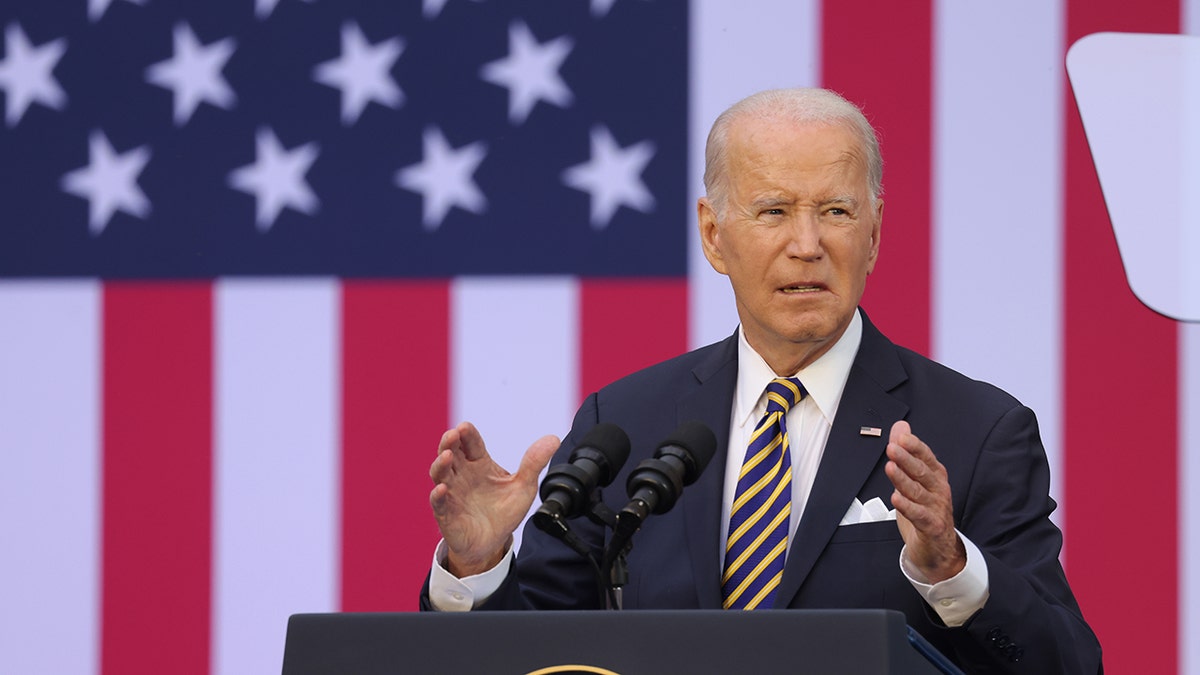A recent United Nations Security Council report paints a grim picture of Afghanistan, revealing that ISIS-K, the Afghan affiliate of ISIS, poses the most significant terrorist threat in the country, boasting an estimated 4,000 to 6,000 fighters. The report highlights ISIS-K's increased operational capacity and unrestricted movement within Afghanistan since the nation's fall.
Even more concerning is the report's assertion of a persistent, deep-rooted relationship between the Taliban and al Qaeda, along with other terrorist organizations. This directly contradicts the Taliban's promises after the collapse of the U.S.-backed government in August 2021 that they would prevent Afghanistan from becoming a haven for terrorists. These assurances were also central to the 2020 Doha Agreement, negotiated during the Trump administration, which paved the way for the withdrawal of U.S. troops.
The report indicates a strong bond between al Qaeda and the Taliban, with al Qaeda reportedly shielding high-ranking Taliban officials and attempting to infiltrate government ranks. It cites instances of Taliban governors linked to al Qaeda, as well as a deputy director of intelligence with ties to the group. Furthermore, the report alleges that the Taliban provides al Qaeda with regular financial support, some of which is channeled to fighters in affiliated groups.

Ali Maisam Nazary, head of foreign relations for the National Resistance Front (NRF), told Fox News Digital that the report validates the NRF's concerns about the Taliban's oppressive rule, the rise in drug production, and the escalating threat from over 21 terrorist groups operating within Afghanistan. Nazary urged the international community to acknowledge the severity of these threats and reconsider ineffective strategies.
Internal divisions within the Taliban are also highlighted in the UN report, contrasting the isolationist, religiously conservative Kandahar faction with the Kabul-based power center that attempts to present a more moderate and internationally cooperative image. This power struggle, particularly between acting Interior Minister Sirajuddin Haqqani and acting First Deputy Prime Minister Mullah Baradar, poses a threat to the stability of the Afghan state. Experts suggest these internal conflicts could hinder the Taliban's ability to effectively counter ISIS-K.

The report further reveals al Qaeda's use of Afghanistan as a logistical hub for recruitment and the quiet rebuilding of its external operations, contradicting the Taliban's commitments. While the Taliban has denied these claims, the report estimates around 400 al Qaeda fighters in Afghanistan, with approximately 2,000 including family and supporters, establishing new training camps in key areas like Kabul, Kandahar, and Helmand.

The report details the long-standing relationship between al Qaeda and the Taliban, strengthened by personal ties and shared history. It notes al Qaeda's pledge of allegiance to Taliban leader Mullah Omar in the 1990s in return for safe harbor and Mullah Omar's refusal to hand over Osama bin Laden after 9/11. The report also mentions consultations between Taliban and al Qaeda leaders during negotiations with the U.S., with the Taliban promising to uphold their historical ties.

Meanwhile, the NRF continues to appeal for greater international support in its fight against the Taliban, a plea that has largely gone unanswered.








